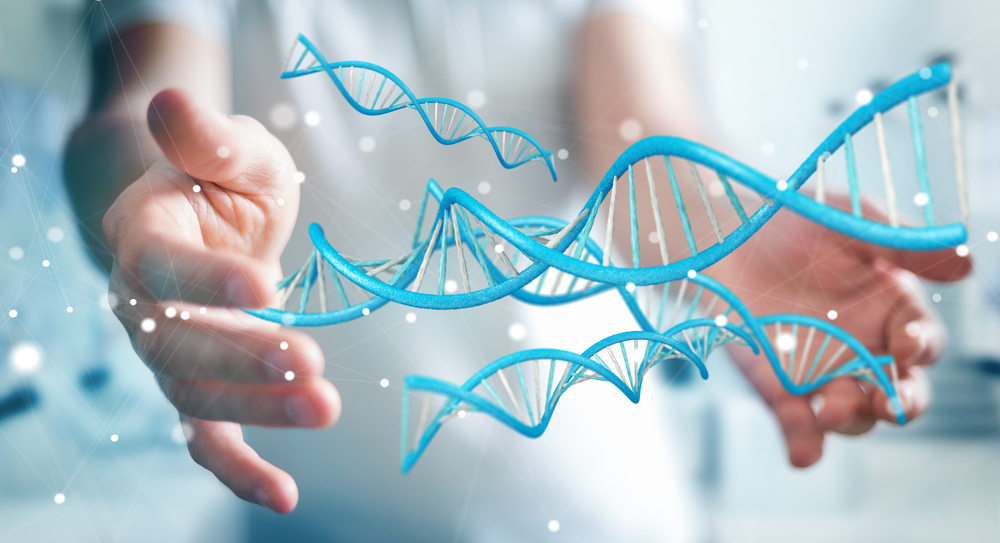Regenerative orthopedics is a modern approach to treating musculoskeletal conditions using minimally invasive, tissue-preserving techniques. It focuses on harnessing the body’s natural healing abilities to help recover from injuries and improve physical function. Treatments like Platelet-Rich Plasma (PRP) therapy and lipoaspirate therapy are key examples of how this innovative field supports tissue repair. Here is some information that breaks down the science behind these methods and their potential to improve musculoskeletal care.
Exploring PRP Therapy
Platelet-Rich Plasma (PRP) therapy has been increasingly discussed in regenerative orthopedics. PRP is derived from the patient’s own blood and involves isolating concentrated platelets, which are known for their role in tissue repair and regeneration. The prepared PRP contains growth factors and cytokines that can be injected directly into areas of tissue damage, such as tendons, ligaments, or joints. These growth factors are thought to recruit healing cells to the site of injury, which may assist in the body’s natural recovery processes. It is typically performed as an outpatient procedure with minimal downtime, making it appealing for individuals looking for non-surgical options.
Understanding Lipoaspirate Therapy
Another emerging method in the field of regenerative orthopedics is lipoaspirate therapy. This process involves collecting adipose (fat) tissue from the individual’s body, which is then carefully processed to isolate the stromal vascular fraction. This fraction is rich in regenerative cells, including stem cells and growth factors, which are then reintroduced into areas affected by various orthopedic conditions.
Lipoaspirate therapy leverages the biological properties of fat tissue. Fat provides a highly concentrated source of cells that support tissue repair and regeneration. Research shows that these cells actively influence the microenvironment of damaged tissue, promoting healing and recovery in affected areas.
Lipoaspirate therapy primarily treats joint disorders, meniscus injuries, and soft tissue damage. This minimally invasive option appeals to patients looking for alternatives to surgery. Early findings show it could provide a promising solution for musculoskeletal issues.
Integrating Regenerative Orthopedics
Regenerative orthopedics holistically integrates methods such as PRP and lipoaspirate therapy into the broader scope of patient care. By focusing on the body’s natural tendencies for healing, this subspecialty seeks to offer alternative avenues for managing injuries and degenerative conditions. What sets this area of orthopedics apart is its effort to reduce reliance on invasive surgical procedures. Instead, it prioritizes more natural avenues that may allow patients to maintain mobility and quality of life while pursuing resolution for their injuries.
These therapies are placing greater emphasis on individualized care, tailoring treatments to each patient’s unique circumstances and anatomy. Regenerative orthopedics shows promise in managing pain and aiding tissue recovery, but researchers need to gather more data to fully understand its long-term outcomes. Ongoing clinical studies, bench research, and translational science are driving advancements in its evidence base and refining its applications.
The Future of Orthopedic Care
Regenerative orthopedics creates new opportunities to improve patient care. It uses innovative, tissue-focused treatments that align with the body’s natural biology. Methods like PRP therapy and lipoaspirate therapy help clinicians support tissue healing more effectively. These approaches also aim to minimize recovery time. By focusing on minimally invasive solutions and personalized care, this field of orthopedics can expand treatment options for people with musculoskeletal conditions.

